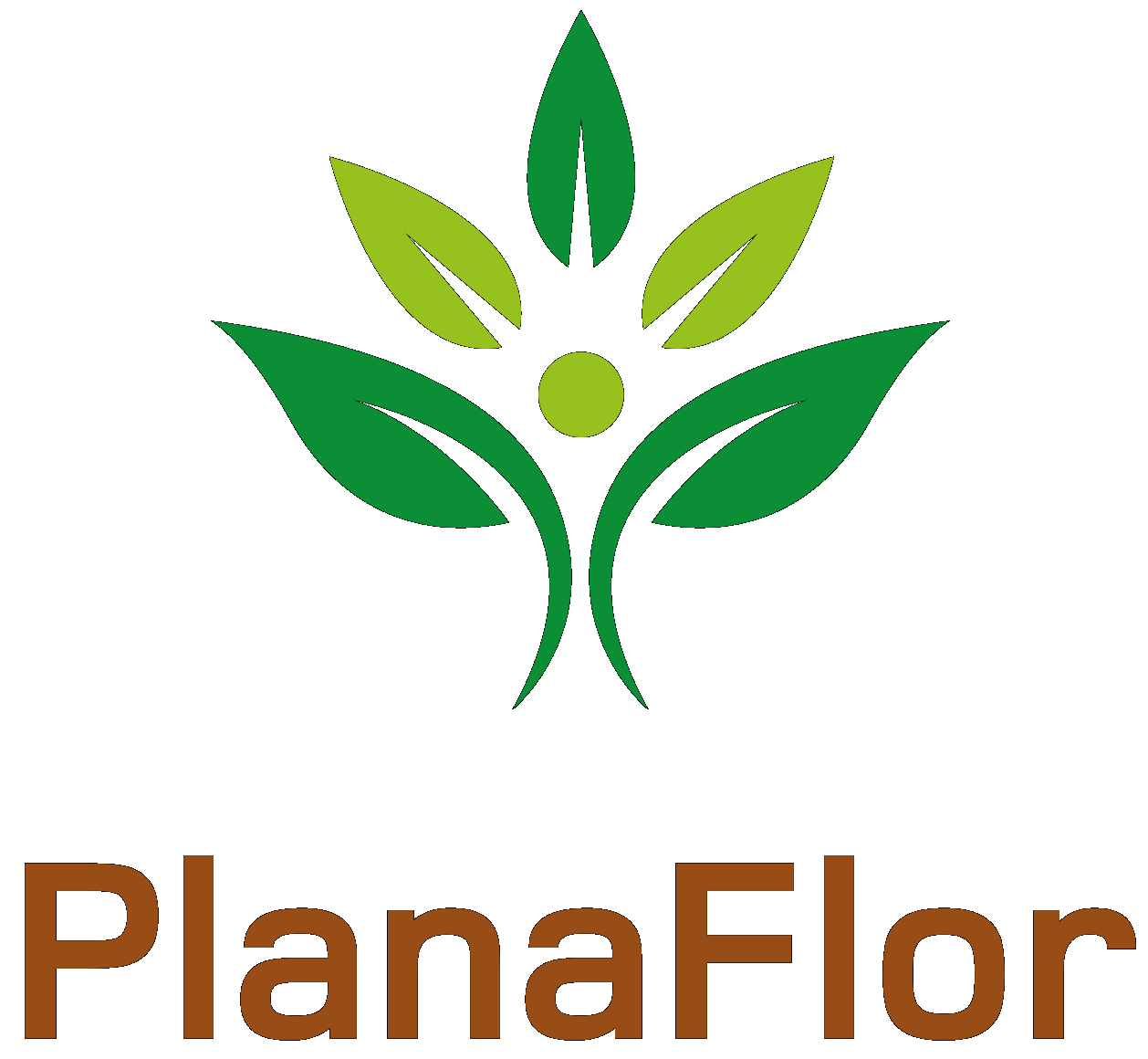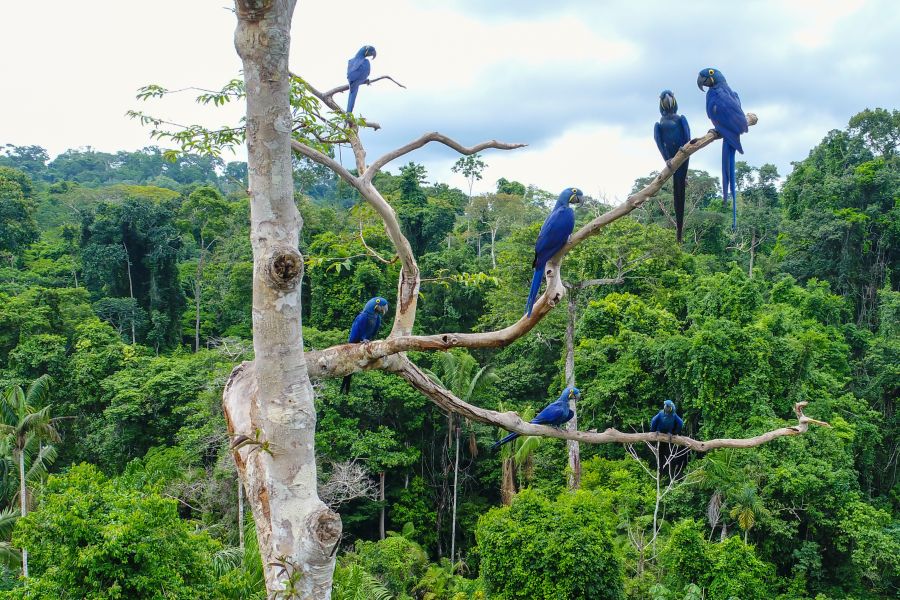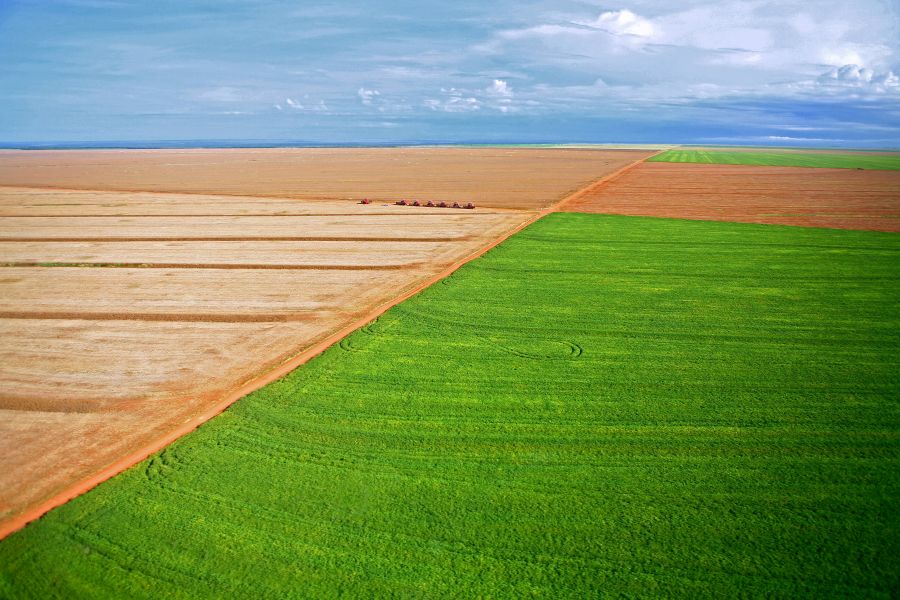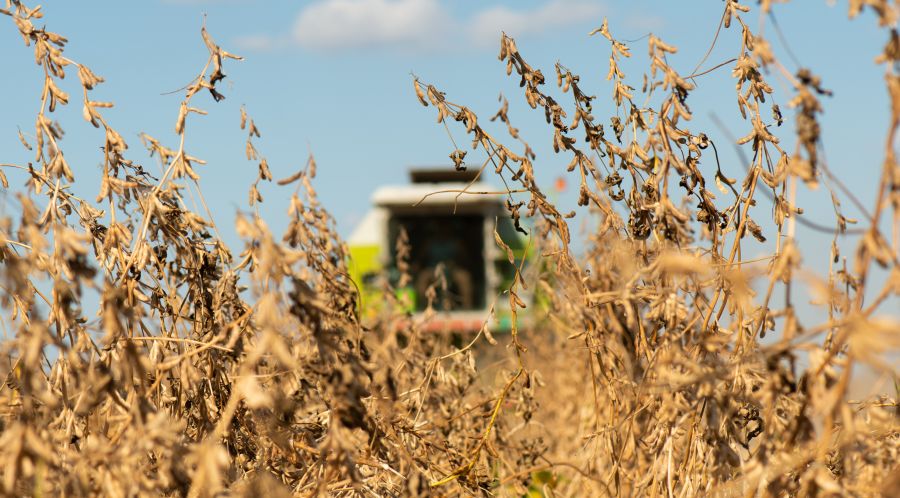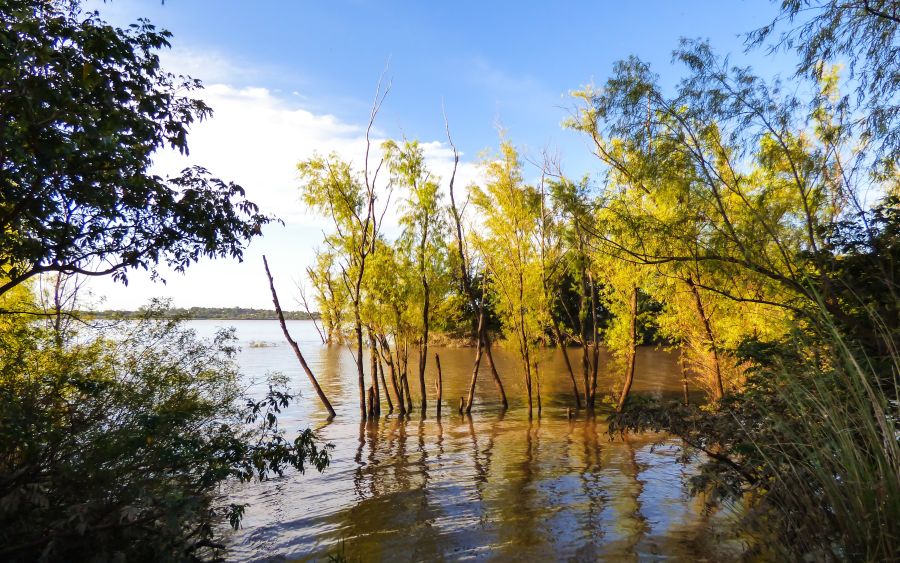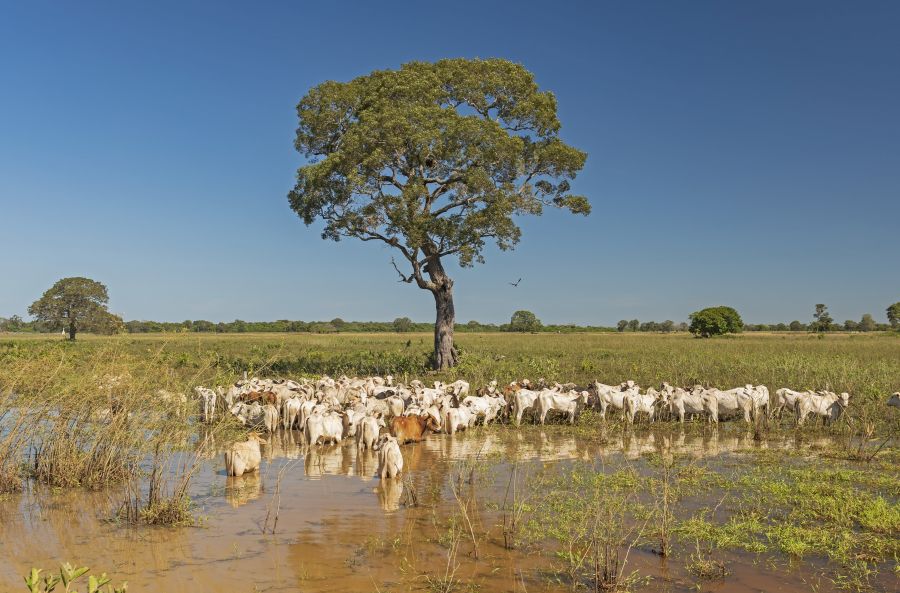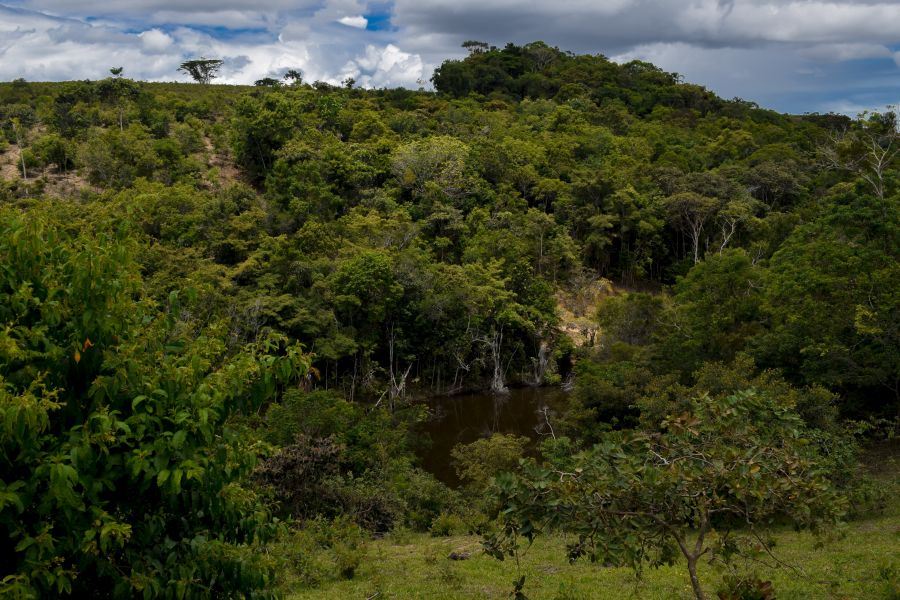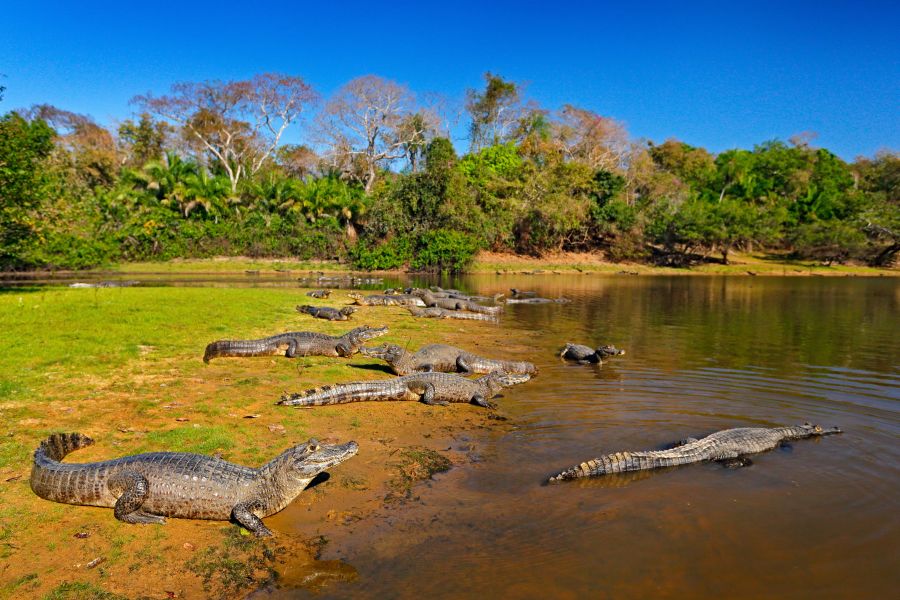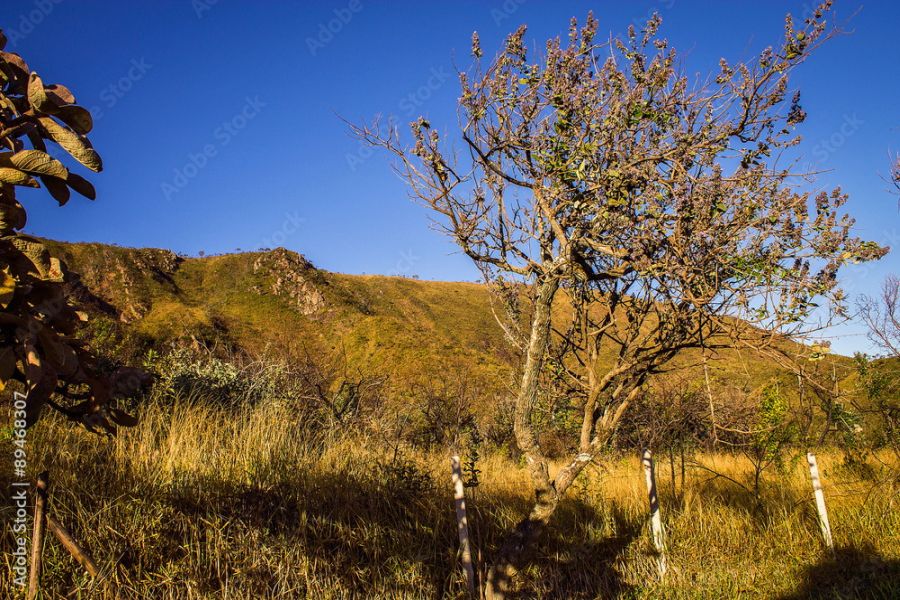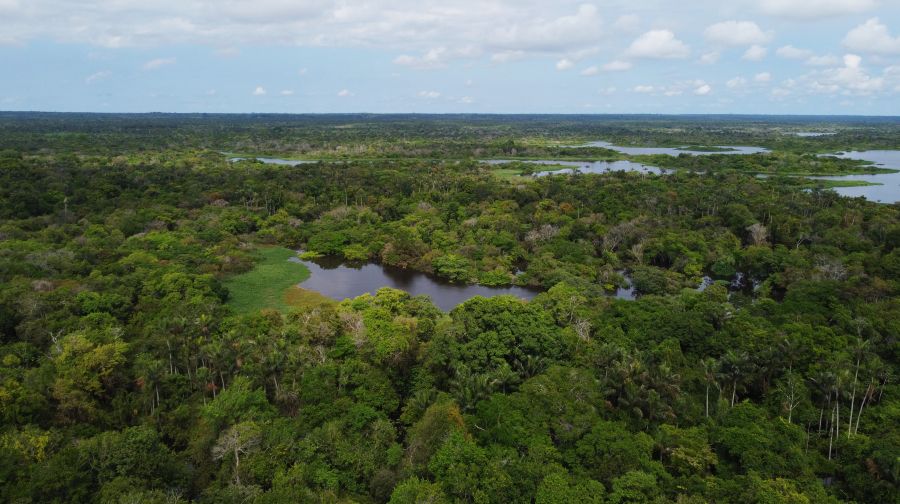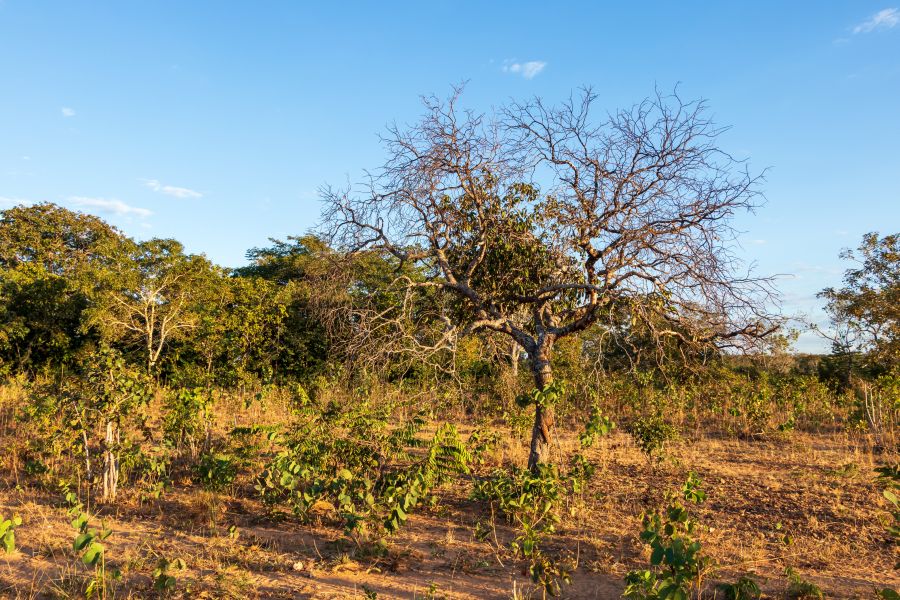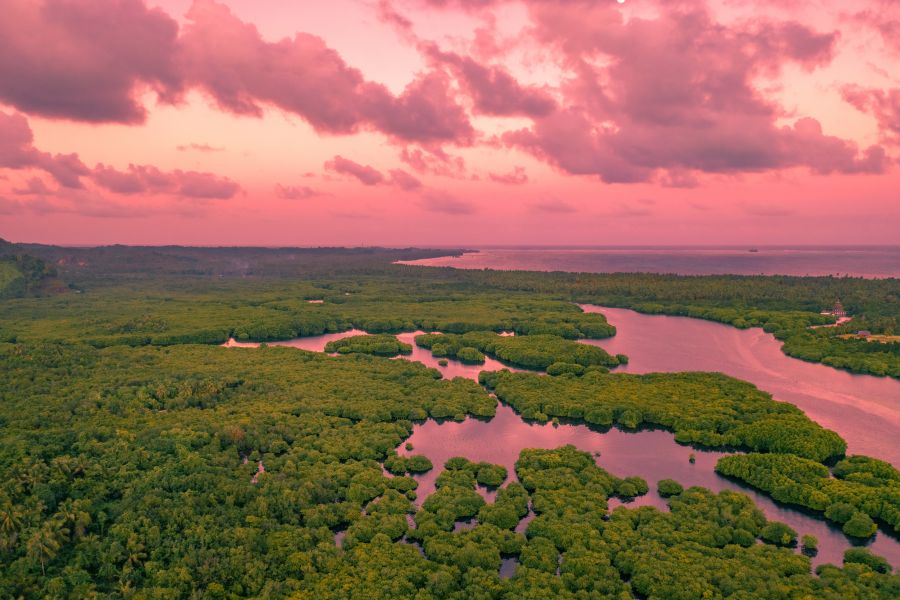What is PlanaFlor?
PlanaFlor is a national plan for sustainable development that promotes environmental, economic, and social assets to pursue the effective implementation of the Brazilian Forest Code, Law no. 12.651/12, which provides protection for the native vegetation.
This law has the potential to foster rural production in connection vegetation protection and recovery, creating jobs, more income and positive impacts on the climate.
- Brazil is a leading global player in agribusiness and biodiversity conservation. The ‘Forest Code’ is a bold legal framework to foster agricultural production free from deforestation, mitigating the impacts of climate change and the risks for agribusinesses.
- Sustainable development must focus on large-scale solutions integrated and inclusive systems.
- Incorporating economic production (agribusiness and forestry) into sustainable development is fundamental to protecting native vegetation and revitalising the rural economy.
- This new scenario requires the allocation of financial investments (estimated at over R$ 200 billion), human resources (rural jobs, services, training), infrastructure (seedling nurseries, planting materials, roads, silos) and technology (remote sensing, mapping, innovative solutions).
- The economic instruments must stimulate production chains free of deforestation and impact businesses that favour environmental conservation and the well-being of people alike.
